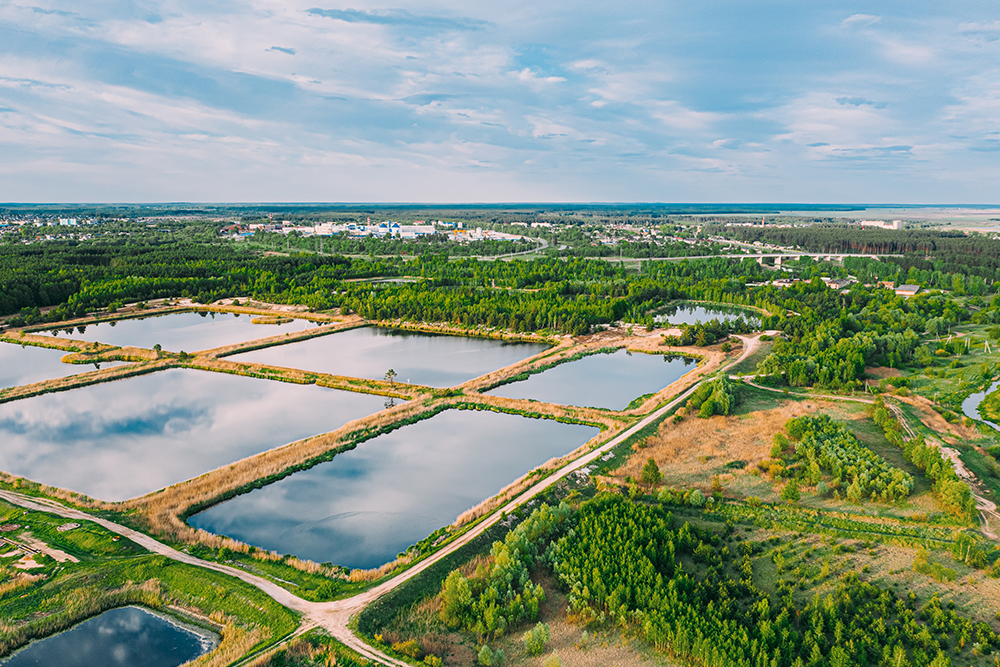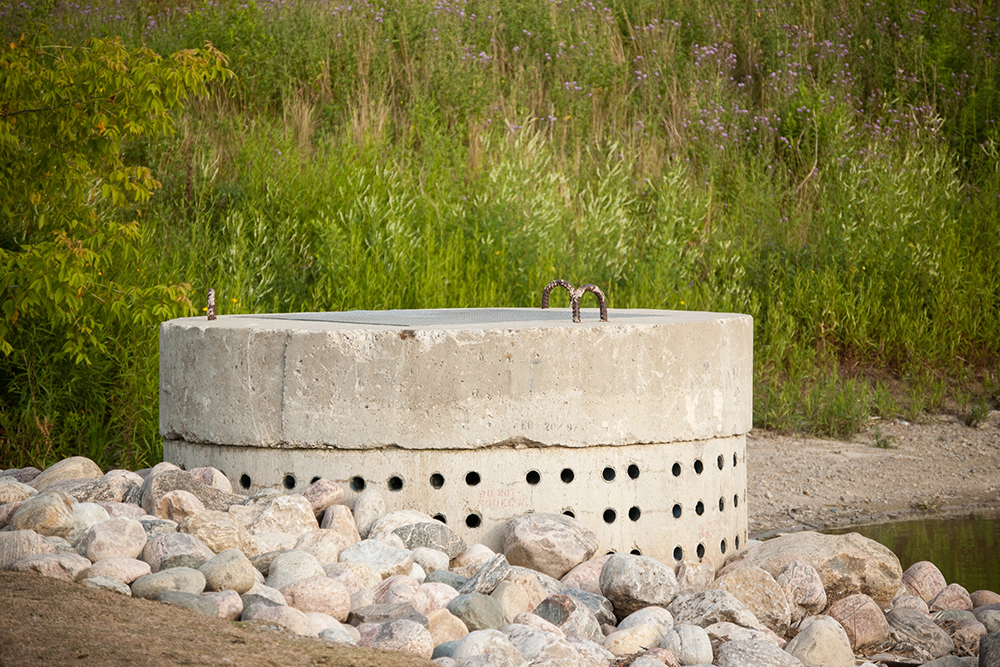Why Stormwater Engineering and Vegetation Management Matter for the Environment?

When urbanization takes over, the natural movement of rainwater changes dramatically. In developed areas, water that once soaked into the ground now runs off into drains and sewers. This alters ecosystems, damages infrastructure, and affects water quality.
Stormwater engineering and vegetation management are vital to mitigating these effects. It helps communities handle the overflow and improve environmental health. A sustainable approach to managing both water and plant life can drastically reduce environmental damage. This will support a better future for cities and ecosystems alike.
The Importance of Stormwater Engineering
Urban areas often face significant challenges when it comes to stormwater. The primary issue is the increase in impermeable surfaces, such as concrete and asphalt. They prevent water from naturally filtering into the soil.
Instead, rainwater rushes off, accumulating pollutants along the way. Without proper stormwater management, this can lead to flooding, infrastructure damage, and contaminated water supplies.
Stormwater engineering involves designing systems that control, manage, and utilize this runoff effectively. With natural landscape techniques, like rain gardens, permeable pavements, and constructed wetlands, stormwater systems can reduce the strain on urban drainage systems. These green infrastructures help manage water flow and improve local ecosystems. They foster habitats for wildlife and assist in purifying the water.
Proper stormwater management also mitigates the risk of erosion in urban areas. Excessive runoff can cause soil displacement along streams and riverbanks. This destroys habitats for fish and other species. The goal of stormwater engineering is to mimic the natural process of water absorption and filtration, thereby protecting both human and ecological health.
Vegetation Management’s Role in Environmental Health
In addition to engineering solutions for water, vegetation management plays a key role in controlling the environment’s balance. Vegetation, when properly managed, can aid in stormwater infiltration, reduce erosion, and support biodiversity. On the other hand, unmanaged vegetation can cause obstructions, damage infrastructure, and lead to poor soil health.
For utilities, vegetation management involves maintaining trees, shrubs, and other plants around power lines and infrastructure. This helps prevent power outages and keeps ecosystems balanced. For example, invasive species can disrupt natural growth, increase wildfire risks, and harm local wildlife.
Vegetation management for stormwater control goes hand-in-hand with engineering efforts. Strategically placed plants can slow down and absorb runoff. They will prevent flooding and soil erosion.
Vegetation also plays a role in cleaning the air, cooling urban areas, and supporting biodiversity. These efforts are vital as urban populations grow and urban sprawl increases.
Reducing Flooding and Erosion Through Remedial Construction
Stormwater engineering and vegetation management can also support remedial construction, especially in areas that have already been damaged by flooding or poor water management. Remedial construction refers to the repairs and improvements made to urban infrastructure to prevent further environmental damage. This might involve stabilizing riverbanks, restoring wetlands, or improving water drainage systems.
Effective remedial construction makes sure that areas impacted by stormwater are restored to a more sustainable state. By incorporating vegetation into these efforts, stormwater management becomes even more effective. Native plants can be used to stabilize soils, filter runoff, and prevent future erosion. Over time, this helps restore the natural hydrology of the area and reduces the need for costly repairs.
Additionally, municipalities can improve their ability to adapt to climate change by investing in vegetation management alongside remedial construction. Rising sea levels, more intense storms, and extreme weather events will increase the strain on urban water management systems.
Being proactive with stormwater engineering and vegetation management is one of the most cost-effective ways to prepare.
The Benefits of a Unified Approach
The integration of stormwater engineering and vegetation management creates a unified approach to environmental preservation. When both strategies are implemented together, they offer a holistic solution to urban water management problems. Green infrastructure like rain gardens and permeable pavements can directly reduce runoff. Meanwhile, vegetation management helps filter this water, prevent erosion, and support wildlife.
Additionally, the environmental benefits extend beyond water management. Healthy ecosystems are supported, providing cleaner air, cooler temperatures, and better habitats for local species. These improvements can enhance the quality of life for residents and boost the attractiveness of urban areas.
By hiring a licensed contractor with expertise in both fields, communities can design more effective stormwater and vegetation management systems. These systems meet regulatory standards and address local environmental challenges. With the right expertise, municipalities can improve their stormwater systems and vegetation health, creating a more resilient urban landscape.
At Coleman Environmental Engineering, LLC, we offer customized solutions for stormwater engineering and vegetation management. With our deep knowledge and experience in environmental challenges, we can help municipalities design and implement systems.
Our team works to restore balance to ecosystems and reduce infrastructure strain. Contact us today.

